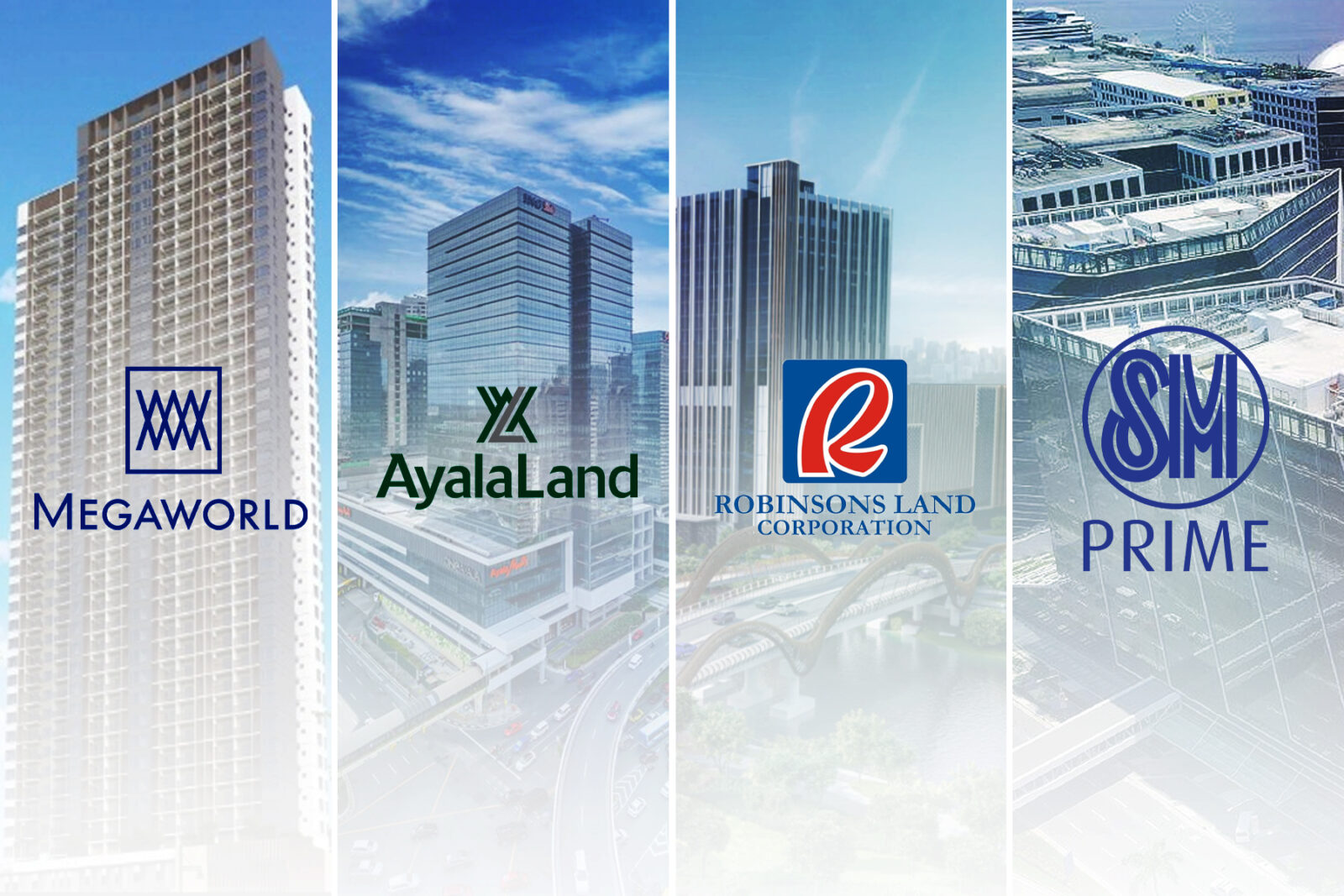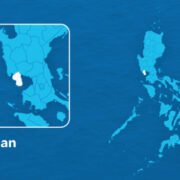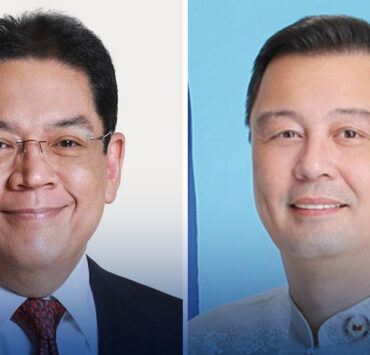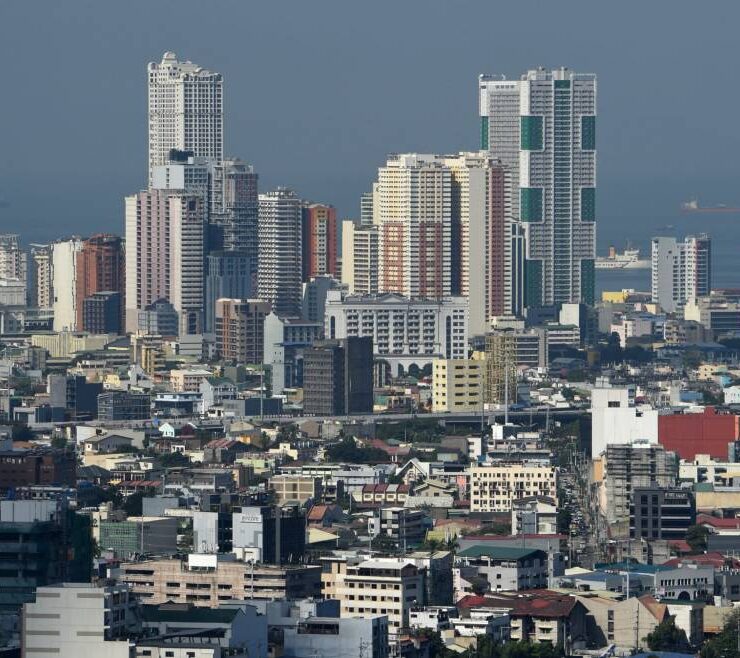Top PH landlords shift focus to wealthy buyers

The Philippines’ four biggest landlords are leading the local property market’s recovery from a “postpandemic hangover” by shifting toward high-end projects for wealthy homebuyers, who are less sensitive to inflation and higher borrowing costs, S&P Global Ratings said.
In a report, the credit rating agency said Ayala Land Inc., Megaworld Corp., Robinsons Land Corp. and SM Prime Holdings Inc. were expected to ramp up their investments in premium residential projects over the next one to two years. Together, these four developers account for 60 percent of the market capitalization of the local property sector.
S&P said these companies’ increasing focus on high-end developments already pushed their capital expenditures (capex) back to prepandemic level. It’s a growth strategy that should help offset the decline in demand from midmarket homebuyers, which were hit by the recent episode of rising interest rates and inflation.
As it is, S&P said the local mass-market segment—which offers more affordable houses—would likely remain “oversupplied,” especially in Metro Manila where many condo units are empty.
“Wealthy homebuyers are less sensitive to inflation and interest-rate hikes. Inventory levels remain low in the premium segment, which accounts for about 5 percent of total inventory in Metro Manila,” the debt watcher said.
“Even in a period of economic uncertainty, they (developers) have prioritized expansion, counting on the country’s broad-based economic growth, as well as a significant runway for property growth,” it added.
Debt-funded capital
But an elevated capex means that these landlords would stay heavily indebted.
S&P said leverage remains higher than prepandemic level for Ayala Land, Megaworld, Robinsons Land and SM Prime Holdings. This, as the top four’s investment outlay grows much faster than their earnings, while interest rates remain high.
Figures showed total reported debt of these developers rose 44 percent over 2019 to 2024, while aggregate earnings before interest, taxes, depreciation, and amortization or Ebitda increased just 12 percent during the same period.
“We do not expect material deleveraging over the next one to two years as the top four continue investing for growth,” S&P said.
But the credit rating agency said the four companies remained financially stronger than their peers, thanks to higher margins and better access to funding at a lower cost.





















